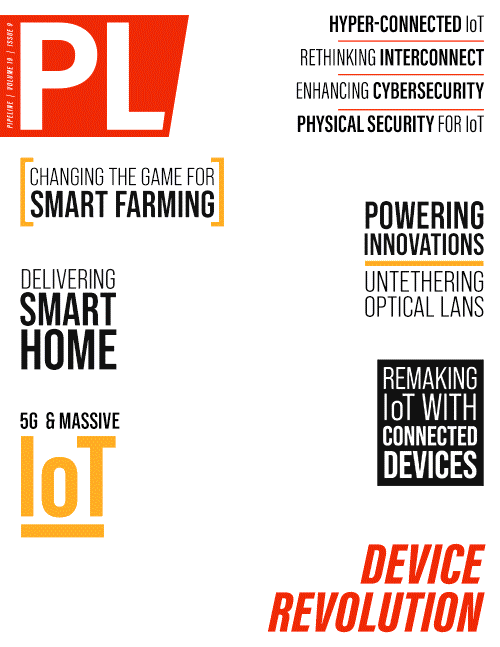Delivering Smart Home
Alas, more than half of consumers that set up smart home devices encounter at least one problem. Loss of wireless connectivity is the number one obstacle they face. A quarter of these consumers give up and return the device for a refund. The others spend two and a half hours trying to find a resolution while talking to at least two companies across three different support channels.
If consumers already face problems when setting up one smart home device, what will happen if they want to have an integrated solution of multiple devices from different brands in a world of fragmentation and complexity? We need to get our act together and fix the basics first with reliable and ubiquitous connectivity and seamless interoperability.
Security and Privacy Are Paramount… But Consumers are not Convinced the Industry Will Take the Appropriate Precautions
As with any technology that collects and processes data, security and privacy are major concerns in the smart home and home IoT space. With the increasing number of connected devices in a smart home ecosystem, the potential risks and threats also multiply; these can include data breaches, unauthorized access, and privacy violations. To address these concerns, robust security measures must be implemented, such as encryption, authentication, and access controls to protect the data and privacy of users.
The growth of unsecure home IoT is a playground for cybercriminals who are presented with an increasing attack surface and use generative artificial intelligence to do the work. Clearly, consumers are aware of this and in many industry surveys, security and privacy rank as the top concerns and reasons for the delayed adoption of smart home solutions.
Proper IoT security requires a multi-layered approach that goes beyond the encryption as planned by Matter. Authentication and authorization, secure device management, security monitoring, robust communications, regular security assessments, security by design, education, and awareness are some of the additional measures needed to enhance IoT security and protect against evolving threats.
Future of Home IoT is Bright… But Its Light is Currently Blocked by Complexity Clouds
The future of home IoT is promising, with potential advancements and innovations that could transform the way we live even further. Artificial intelligence and machine learning are expected to play significant roles in the evolution of smart homes, enabling devices to learn and adapt to user preferences and behaviors. This could lead to more personalized and automated experiences in the smart home ecosystem. Integration withaugmented reality and virtual realitycould enable immersive and interactive experiences.
Smart home applications for energy management, home security, elderly care, health monitoring, waste management, and more, will improve our lives and our planet. But before the sun can shine, we need to drive away the dark clouds—something broadband players across the industry can do when we put our minds and hearts behind it.



















